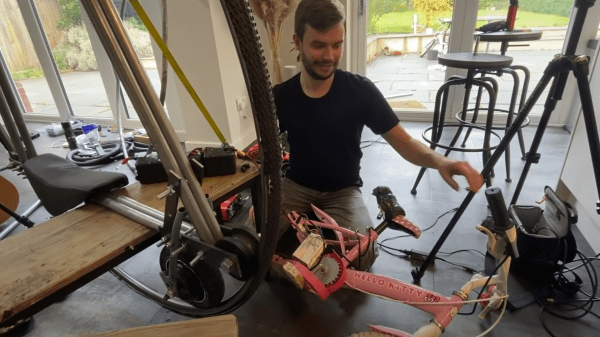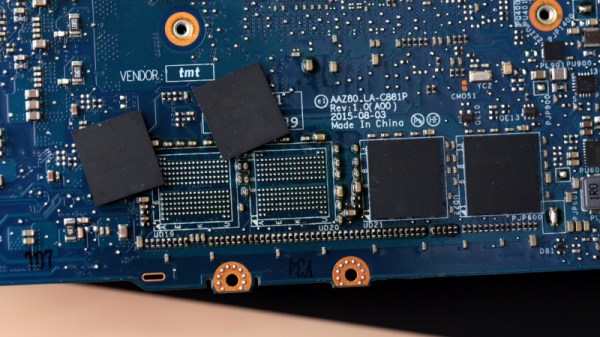Tomorrow is Thanksgiving and that means Americans across the United States will be cooking up a turkey feast. One of the most popular ways to cook the bird is by deep frying it in oil.
Local TV stations everywhere spend this week warning about turkey frying. They’re not wrong… if things get out of hand you can end up burning down your house, if not your entire street. Let’s talk the science behind November turkey fires, and hopefully avoid a turkeyferno.
Simple Errors
The typical setup for deep frying a turkey involves lowering the bird into a big pot full of oil sitting on a gas burner. Ropes and pulleys are often used to lower the turkey into the pot to avoid getting one’s hands near the hot oil. Ideally, this should be done in a backyard, away from structures, to provide good ventilation and plenty of room in the case something does go wrong.














